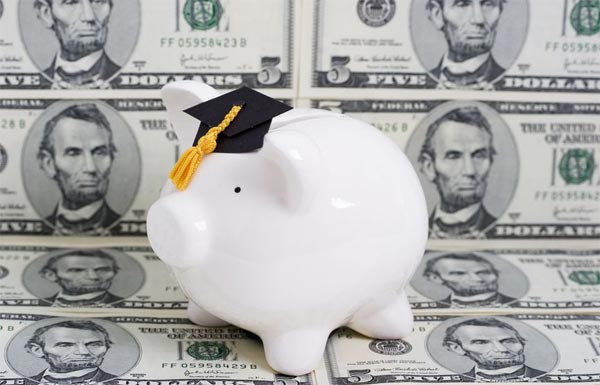The US Department of Education has in place a few federal student loans to help students who need financial help to complete their higher education. So, the US education department is the lender and all payments are owed to the department of education. Here are the loans that you may be eligible for:
Direct Subsidized Loans
Direct Subsidized Loans are provided to students who are undergraduates and they can prove the financial hardship that they are facing in order to acquire higher education at the college level.

Availability and eligibility depends on conditions such as:
- Students have to be enrolled in an undergraduate program for at least half-time units.
- They have to show proof of financial need.
The US Department of Education is in charge of these loans and payments have to be made to the Education Department at an interest rate of 3.4% for the loan received.
The advantage of this loan is that the student does not have to pay any interest during the course of study and during any deferment period.
Funds are available to students anywhere from $3,500 to $5,500 and the disbursement amount depends on the number of years the student has attended school.
Direct Unsubsidized Loans
Direct Unsubsidized Loans are provided to students who are undergraduates, graduates and even professional students. The difference or advantage is that they do not have to prove that they are undergoing any financial hardships at the cost of further education.
To become eligible for this loan, students have to satisfy the same conditions as for a direct subsidized loan, that is:
- Students have to be enrolled at least half time
- Students have to demonstrate and show proof of their present financial hardship.
The interest rate for direct unsubsidized loan is 6.8% and the lender is US department of Education. Students are charged interest during the whole course of study and until full repayment of the loan.
The loan can be approved for amounts ranging from $5,500 to $20,500. This depends on the number of years in school and on the dependent status of the student.
Direct Plus Loans
Direct Plus Loans are made available for graduate and professional students and even parents of dependent students who are undergraduates. This loan is to help the receiver pay for education expenses that are not being covered by other financial aid.
Eligibility is determined by:
- Student’s enrollment status which has to be at least half time.
- Students must have a positive credit history.
- In case of parents of dependents, the parent should have a positive credit history as well.
Direct Plus loans are also disbursed by the US Department of Education at an interest rate of 7.9%. In the case of parents of dependent students, the parent is fully responsible for all interest accrued during the whole course of study and until full repayment of the loan.
The loan amount is calculated as the maximum amount needed for education less any amount the student may be receiving as any other form of financial aid.
Direct Consolidation Loans
Direct Consolidation Loans will help you combine all the student loans you currently have into a single loan from a single loan servicer. The advantage is a single monthly payment at a fixed interest rate for up to 30 years.
Federal Perkins Loan Program
In the Federal Perkins Loan Program, the school acts the lender and this loan is only for students who have financial needs that are considered exceptional. It is available for undergraduate and graduate students.
Loan amounts vary depending on whether you are an undergraduate, a graduate or a professional degree student.
- Undergraduate students are eligible for up to $5,500.
- Graduate and professional students are eligible for up to $8000.
Exceptional need is defined as having an Expected Family Contribution or EFC which is less than 10,000. EFC is calculated by taking into account the cost of education and the income, assets and number of household members who are dependent living in the same family. Usually, the lower the EFC score, the greater the chances are of getting more financial aid.
The interest rate for this loan is 5% and in this case, the lender is the school itself. Not all schools participate in this loan. So you have to check with your school’s financial aid department for this information.
For New Jersey colleges & universities degree programs visit CollegeInfo.com.

